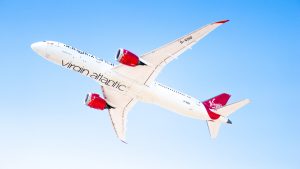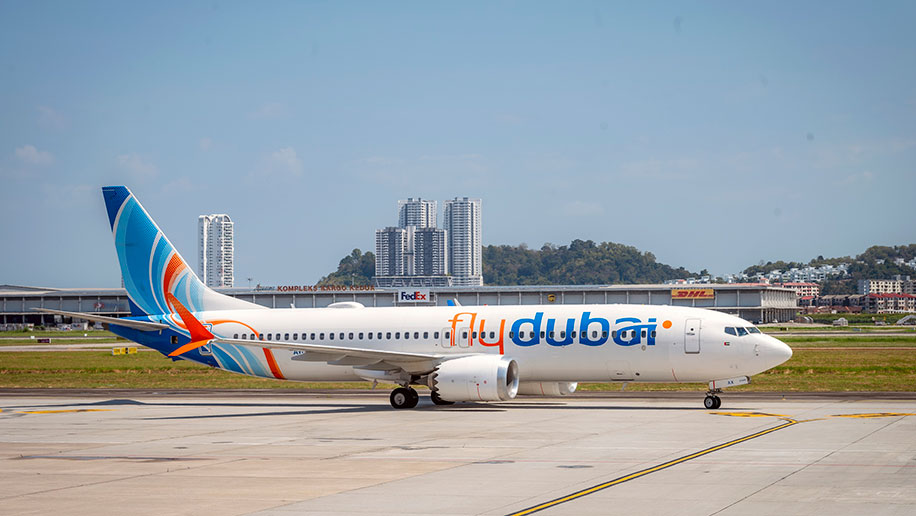The International Air Transport Association (IATA) has published its latest data on global air traffic, showing figures approaching pre-Covid levels.
The association said global air travel in November reached 99.1 percent of 2019 levels, measured in paid passenger kilometers.
Domestic traffic was 6.7 percent above pre-pandemic levels, with particularly strong growth in China (up 272 percent from November 2022) due to restrictions that were still in place a year ago.
International traffic continues to lag domestic demand, but has now reached 94.5 percent of 2019 levels, with the Asia-Pacific region recording the biggest gains (up 63.8 percent in November 2022).
“We are getting closer to surpassing the peak air travel year of 2019,” said IATA Director General Willie Walsh.
“Economic headwinds do not deter people from taking to the skies. International travel remains 5.5 percent below pre-pandemic levels, but that gap is closing rapidly. And domestic markets have been above their pre-pandemic levels continuously since April.”
Walsh also commented on the aviation industry's decarbonisation efforts, stating that “in parallel with the aviation recovery, governments recognized the urgency of the transition from jet fuel to sustainable aviation fuel (SAF) for the decarbonisation of the aviation”.
“At the Third Conference on Alternative Aviation Fuels (CAAF/3) in November, governments agreed that we should see 5 per cent carbon savings by 2030 from SAFs,” Walsh said.
“This was followed by COP28 in December, where governments agreed that we need a broad transition away from fossil fuels to avoid the worst effects of climate change. Airlines don't need convincing.
“They agreed to achieve net zero carbon emissions by 2050 and every drop of SAF ever contributed to that effort has been purchased and used. There are simply not enough SAFs being produced.
“So we hope that 2024 will be the year when governments follow up on their own statements and finally adopt comprehensive policy measures to incentivize the rapid increase in SAF production.”
Last month, IATA published figures showing that around 1,875 million liters of SAF are expected to be produced this year, triple the 600 million liters produced in 2023, which in turn was double the 300 million of liters produced in 2022.
But the association stressed that the 2024 figures equate to just 0.53 percent of the industry's fuel needs, and warned that SAF production is expected to account for just 6 percent of all renewable fuels produced this year. year, and that 94 percent is allocated to other sectors. .
Sustainable aviation fuel production to triple by 2024
iata.org












